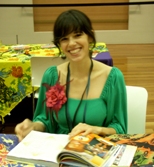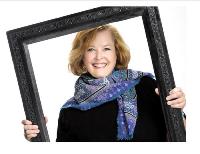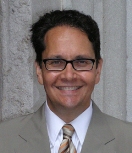
Michael Hickey
The (In)Efficiencies of Scale (Part Two)
Posted by Jan 25, 2013

Michael Hickey
 Michael Hickey
Michael Hickey
(Editor's Note: Michael continues his response to our Animating Democracy Blog Salon from December 2012 in this post. It was originally published on his Man-About-Town.org site January 13, 2013.) The Means of Production When you “produce” something, that’s a very different process from “creating” something. Production is about assembly, and scaled production means you can bring all the pieces together in an orderly, timely fashion. Again, this works best when both inputs and outputs are standardized. Automobiles, microfinance, and high school educations all share this in common. In my comments to Ian’s blog post, I noted that the Metropolitan Museum of Art, with it’s $300 million annual budget, “produces” quite a bit of art: that is, it has assembled a stunning diversity of work created by others. But the process it uses to produce this art is highly standardized, as is the way that we consume it. When it comes right down to it, the Metropolitan Museum of Art actually creates very little art itself. The same is true for the other captains of the NYC cultural sector (Lincoln Center, MoMA, the Guggenheim, Carnegie Hall), and the rule holds true in other sectors as well. Therefore: Greater scale = Greater standardization.
Read More











 Photo by Rob Wilson for MTA Arts for Transit.
Photo by Rob Wilson for MTA Arts for Transit.

 Doug Borwick
Doug Borwick

 Andrew Taylor
Andrew Taylor

 Katherine Gressel
Katherine Gressel

 Laura Bruney
Laura Bruney

 Marla Sincavage
Marla Sincavage

 Stephanie Smith
Stephanie Smith

 Will Maitland Weiss
Will Maitland Weiss

 Richard Kessler
Richard Kessler

 Stephanie Dockery
Stephanie Dockery

 Paul King
Paul King

 Janet Langsam
Janet Langsam
















